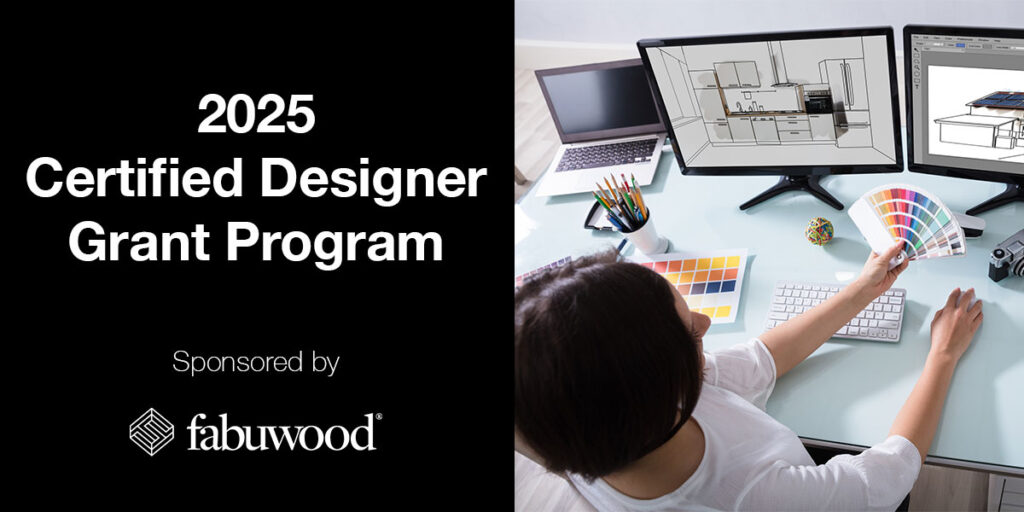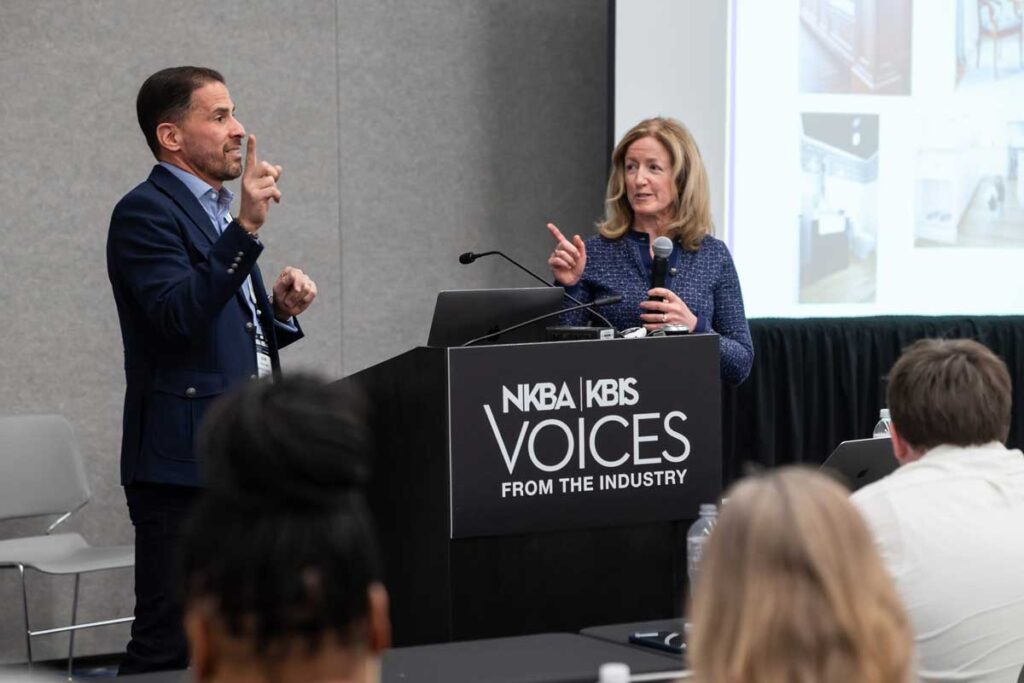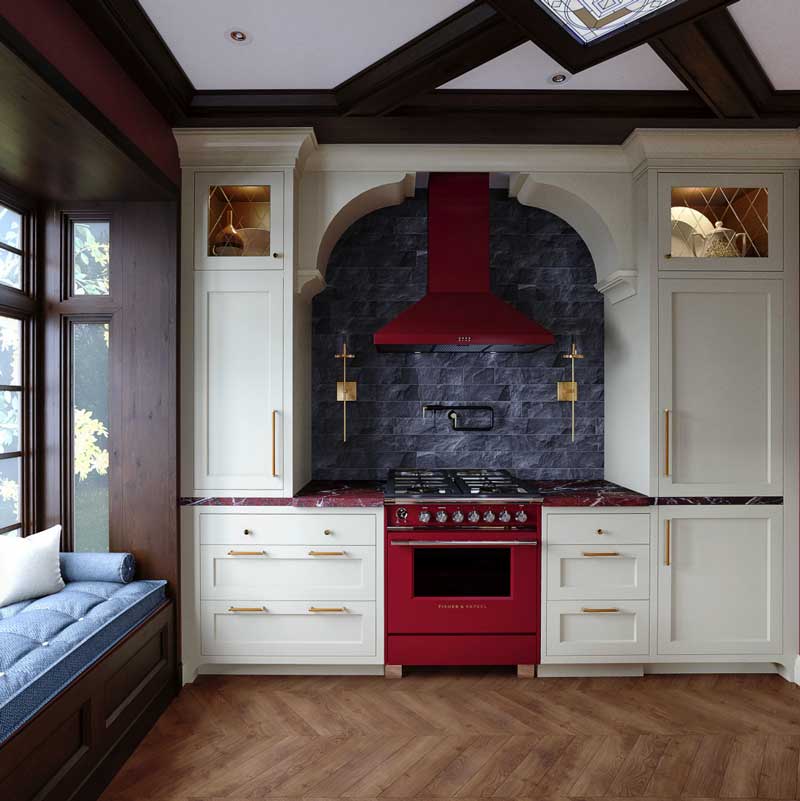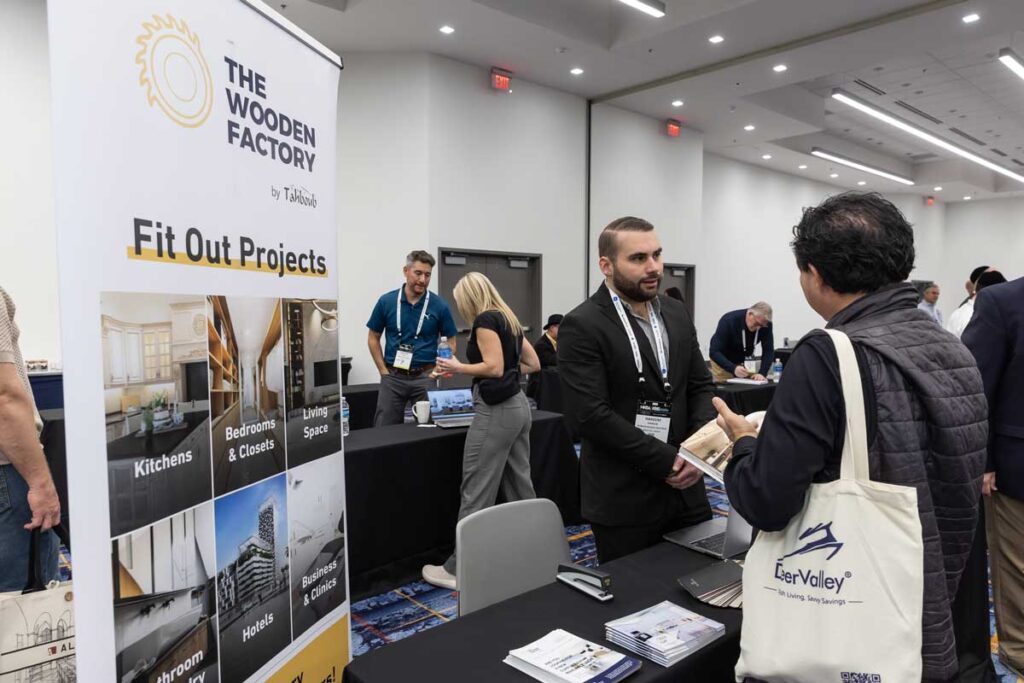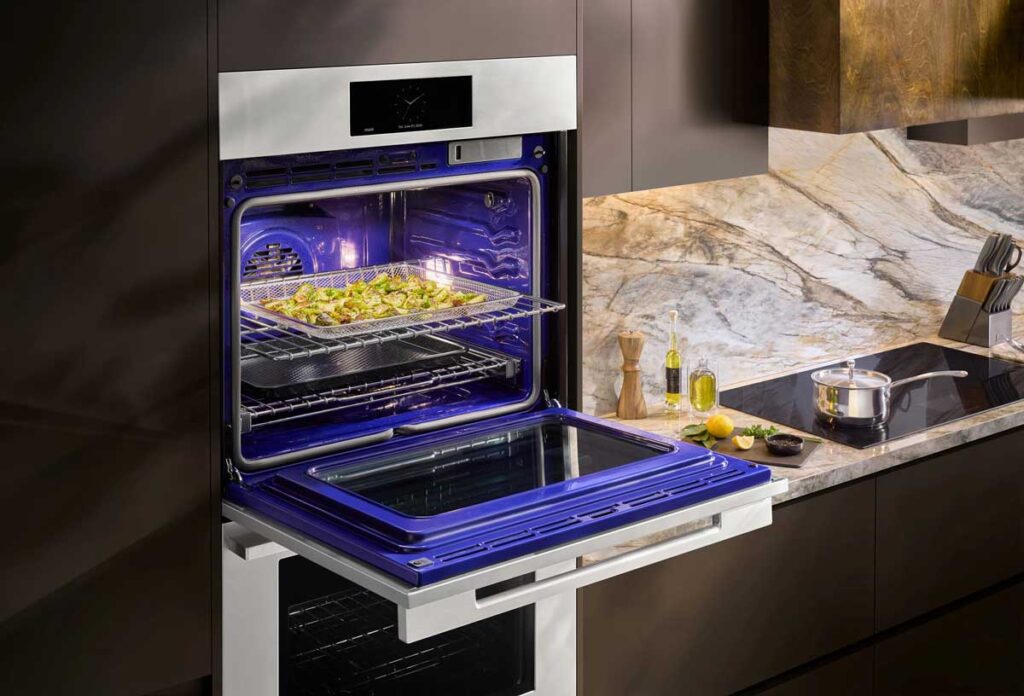Designers weigh in on the requirements for creating a restaurant-worthy kitchen at home.
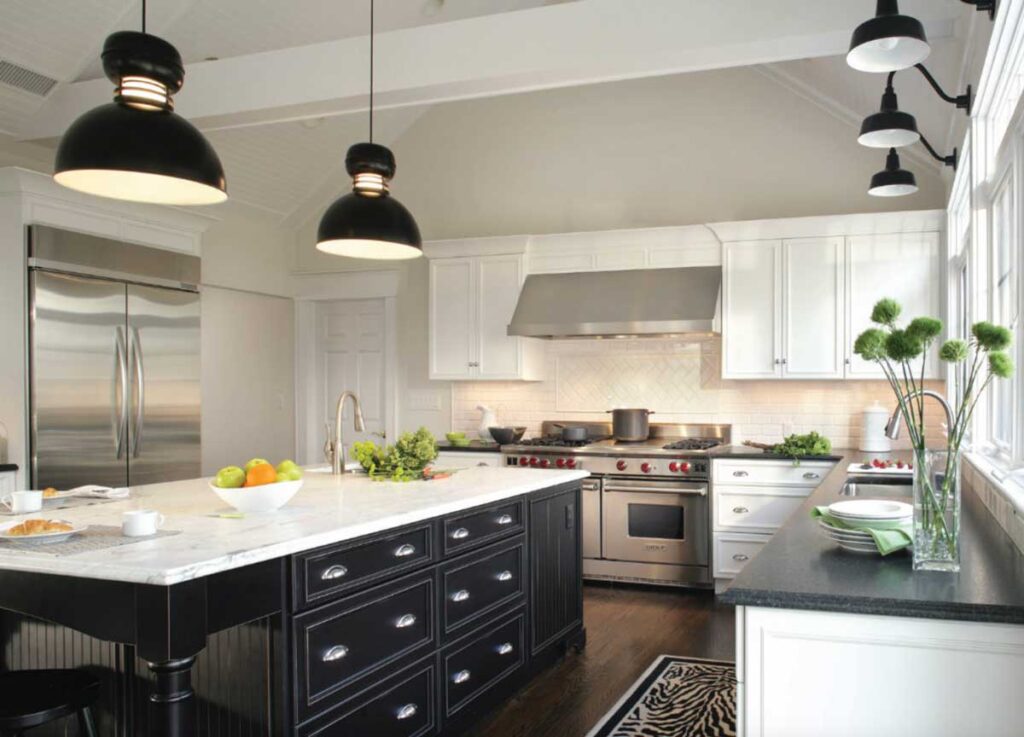
By Dianne M. Pogoda
When the pandemic abruptly closed many restaurants, people began to discover their inner Gordon Ramsey. And when it came time to renovate, many of these home chefs aspired to create star-worthy kitchens.
But a chef’s kitchen at home is about more than a bounty of BTUs. A home kitchen is still a home kitchen, and while high-performance appliances are a large part of what goes into it, the space also needs to be safe for the home cook, and it needs to look great.
“First and foremost is how the kitchen is used,” said Sharon L. Sherman, ASID, CKD, CID, NCIDQ, founder and owner of Thyme & Place Design in Wyckoff, NJ. “For my clients asking for a ‘chef’s kitchen,’ they are looking for several things. High-performing appliances, quality materials and manufacturing — with a good warranty and customer service from the manufacturer — and the space must function for cooking as well as entertaining.”
Natalie Carr and Aaron Golden, design consultants for Sea Pointe Design & Remodel in Irvine, CA, concurred that three elements set a great chef’s kitchen apart: An ample, well-organized kitchen layout; high-performing, multi-functioning, larger appliances, and beautiful but highly durable finishes.
“A true chef’s kitchen is engineered for high-performance cooking, prioritizing functionality,” said Carr. “We explore their passions — gourmet cooking, serious baking, as each demands distinct appliance features and storage solutions. We design the layout to accommodate professional-grade appliances, ample prep space and seamless movement between work zones, empowering serious culinary endeavors.”
While a typical residential kitchen balances function with aesthetics and broader domestic needs, its focus is more on the overall experience and visual appeal, rather than solely on the rigors of professional cooking, added Golden. “Designing a chef’s kitchen extends beyond the traditional work triangle. It’s about creating a robust and efficient culinary environment. Material selection is paramount, as these spaces endure significantly more wear and tear. We prioritize durable, low-maintenance surfaces and cabinetry, avoiding delicate materials that demand constant care, but are still good quality.”
Customization Is Key
Chef’s kitchens usually require more storage for specialized appliances, more refrigeration or pantry space, more square footage to accommodate multiple workstations, and more electrical power to accommodate high-end ventilation and appliances. Sherman said she starts by determining clients’ cooking style, who’s cooking, dietary needs, their experience with high-performance appliances and technology, and, of course, their design style.
Carr concurred, adding that understanding the client’s specific culinary style and workflow provides the foundation for the design. “We delve into whether they primarily cook alone or with a partner, as this impacts flow and clearance requirements. We also explore passions like gourmet cooking or serious baking, as each demands distinct appliance features and storage solutions.”
Appliances Make the Difference
The designers agreed that high-performance appliances often feature a restaurant aesthetic — think larger grates and knobs, and higher output for the cooking appliances. And with more firepower, ventilation becomes even more important.
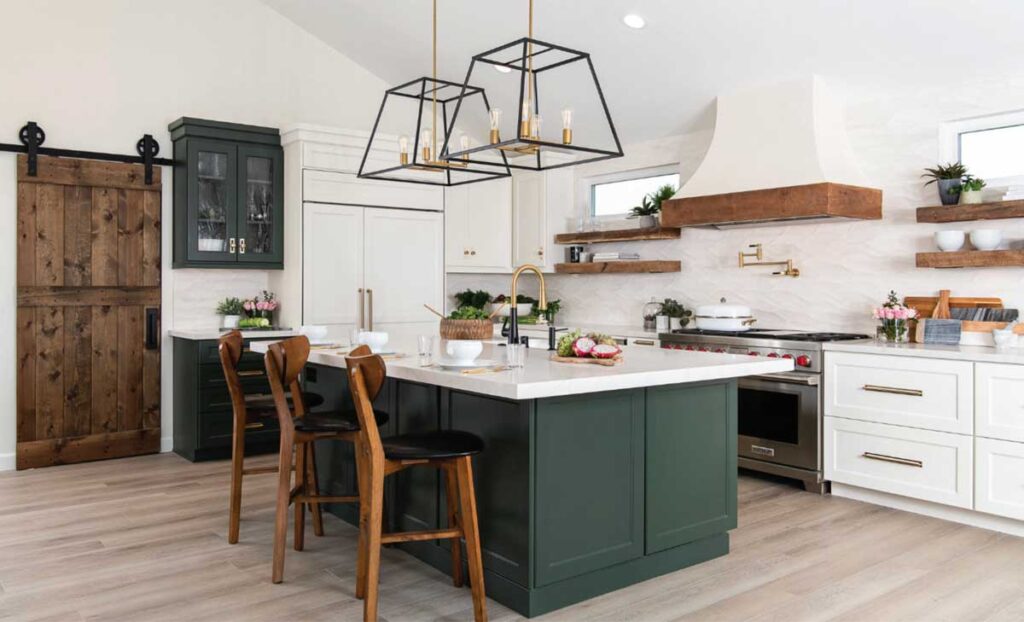
“We typically see larger formats, such as 48-inch double-oven ranges and 30-inch column refrigerators and freezers, alongside specialized units like wine storage,” said Golden. “These appliances are engineered to meet the rigorous demands of a commercial kitchen, but scaled for the home, offering features like precise convection or steam cooking.”
Sherman said it’s important to consider the home’s electrical capacity as well. “If you are adding an all-electric appliance suite, is there enough power coming into the home or is an upgrade required,” she pointed out. Induction burner tops look similar but have greater burner control and adjustability, more surface conductivity and more customizable cooking modes. “Smart and AI technology helps to select recipes, suggests cooking times, temperatures, and even cooking modes. As this technology becomes more available, it will no doubt appear across all levels of appliances. The appliances I specify most are Signature Kitchen Suite, Sub Zero Wolf and Cove, Miele, and Lacanche.”
Carr said brands like Thermador, BlueStar, and La Cornue have been recognized for “their excellence in the pro-series category, and Signature Kitchen Suite offers a compelling blend of performance and innovation. These brands empower home chefs with tools that not only improve cooking precision and efficiency but also enhance the overall culinary experience, bringing professional-grade capabilities into the home.”
Golden observed a shift away from traditional microwaves in chef’s kitchens in favor of speed ovens, which combine microwave functionality with convection and air frying capabilities.
Finishing Touches
Layered lighting is critical, with recessed fixtures for general or ambient lighting and task lighting for work areas. Fixtures and surfaces are chosen for durability and ease of maintenance. Quartz and quartzite are often cited for combining durability and good looks. “While marble’s elegance is undeniable, its delicate nature makes it unrealistic for heavy culinary use,” said Carr. “Instead, we often recommend quartzite, renowned for its resilience and translucency, or soapstone, which develops a beautiful patina and offers an excellent prep surface.”
The bottom line is that designing a chef’s kitchen is much like designing any high-end space. “It is about how the client will use that kitchen and how it will positively impact the meals that are prepared, the friends and family that gather together and the enjoyment of being in the space,” Sherman concluded. “That’s really what’s important.”

















